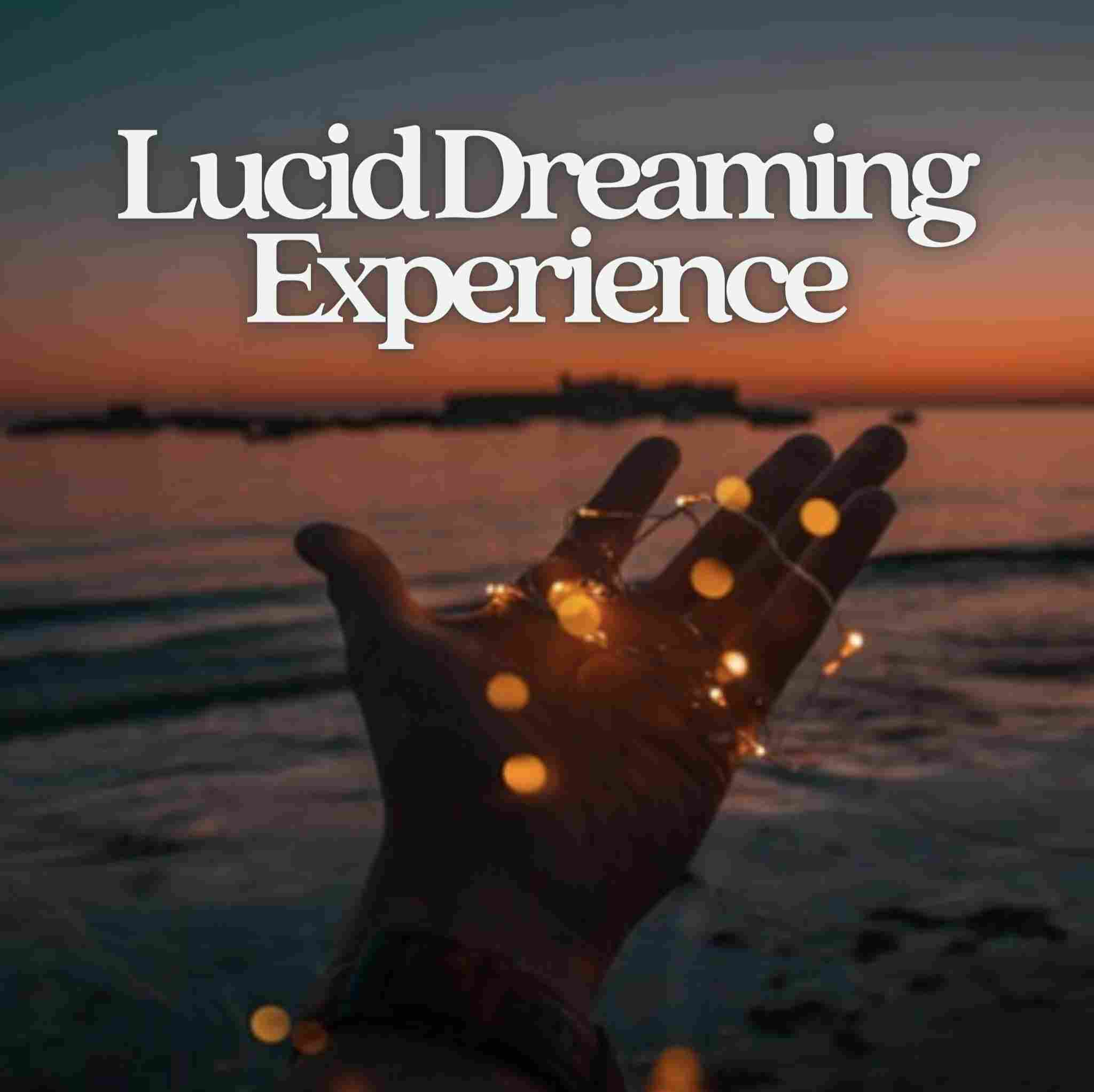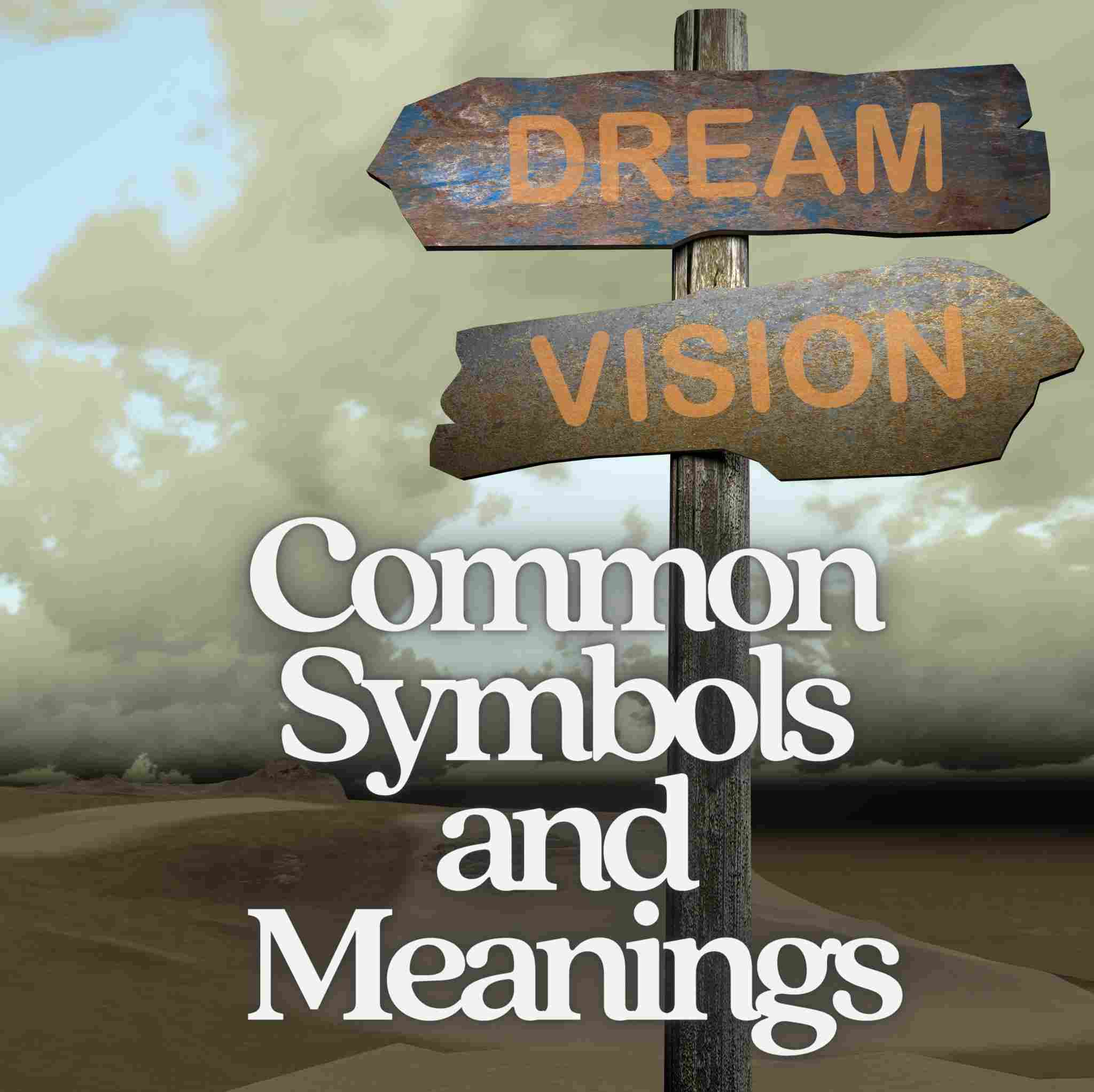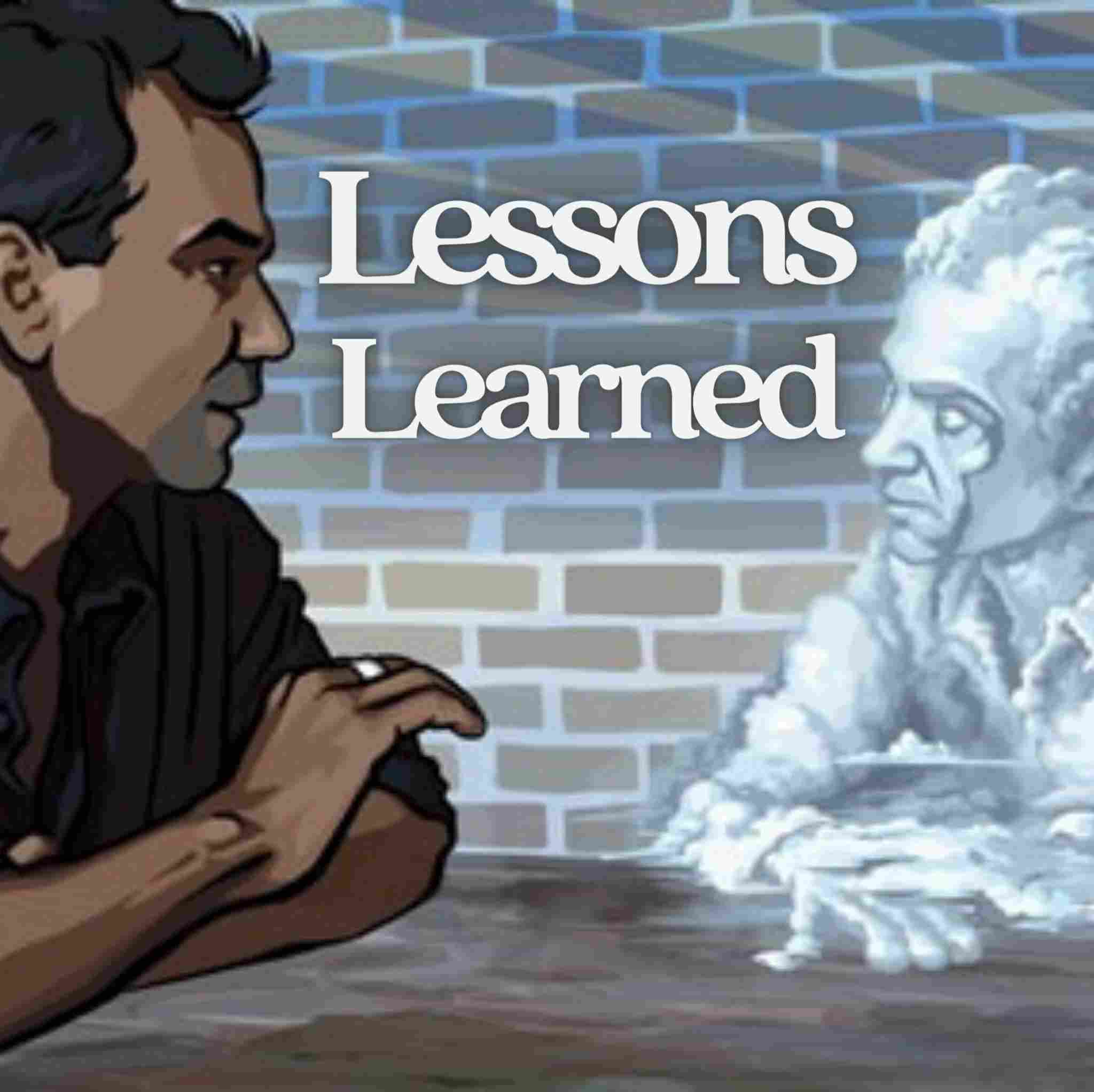Why Can't I See Hypnogogic Imagery?
Why can't I see hypnogogic imagery? I have been trying the WILD technique for several days now and every time I am able to completely relax my entire body and feel myself slipping away from it.
But as soon as I try to fall deeper into that state by counting in my head "1, the next scene will be a dream, 2 the next scene will be a dream" and so on, I never witness any hypnogogic imagery. I end up drifting into other thoughts that are more like daydreams than anything and then I have to focus on the counting again. Are there any tips or something I should do so that I can actually start to dream while I am conscious?

Rebecca says: Usually if I can't see any hypnogogic imagery, it's because my mind is too active. Counting or running any kind of internal monologue in your head can sometimes be counterproductive, especially if you have a "loud" inner voice. This may be what's preventing you from consciously entering the hypnogogic state. Its just too distracting mentally.
I find it best to focus on relaxing every muscle group and visualizing parts of my body dissolving, melting or becoming invisible. This helps induce the sleep paralysis which sends my body to sleep. This can take anywhere from 5-20 minutes (longer than that and I get bored and give up). Provided my mind is still holding onto a thread of consciousness, I will be mentally relaxed but still aware enough to start developing my own dream imagery. By this point the hypnogogic state has begun automatically; but it's not something you need to look out for. In fact, some WILDers recommend ignoring the hypnogogia altogether, and focusing on the mental space beyond your field of vision.
So, try to create a calmer, more quiesced inner state as you practice WILD. Like meditation, keep your mental activity to a minimum so it becomes very still like the surface of a pond, without any disruptions. The counting method can certainly come in useful for focusing your unconscious intention to lucid dream, but that is probably better for a MILD experience. With WILDs, you need to work at maintaining the meditative state in which your mind is clear, focused - and quiet.

 Return to Lucid Dreaming FAQ
Return to Lucid Dreaming FAQ














